ARCHITECTURE AS ART
Architecture as SCULPTURE.
F. Gehry (1929): Guggenheim Museum, Bilbao, Spain (1992-1997).

Architecture as PAINTING.
F. Hundertwasser: Hundertwasser house, Vienna, Austria (1983-1986).
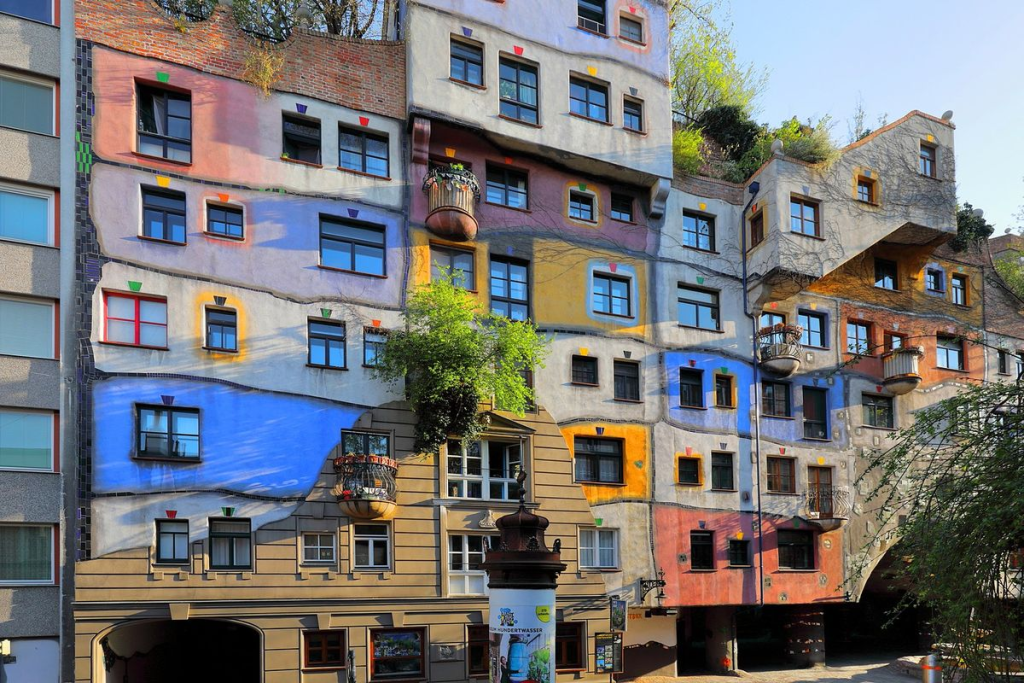
Architecture as TRADITION. D
D. Gray: Pueblo Nuevo, Mijas, Spain.
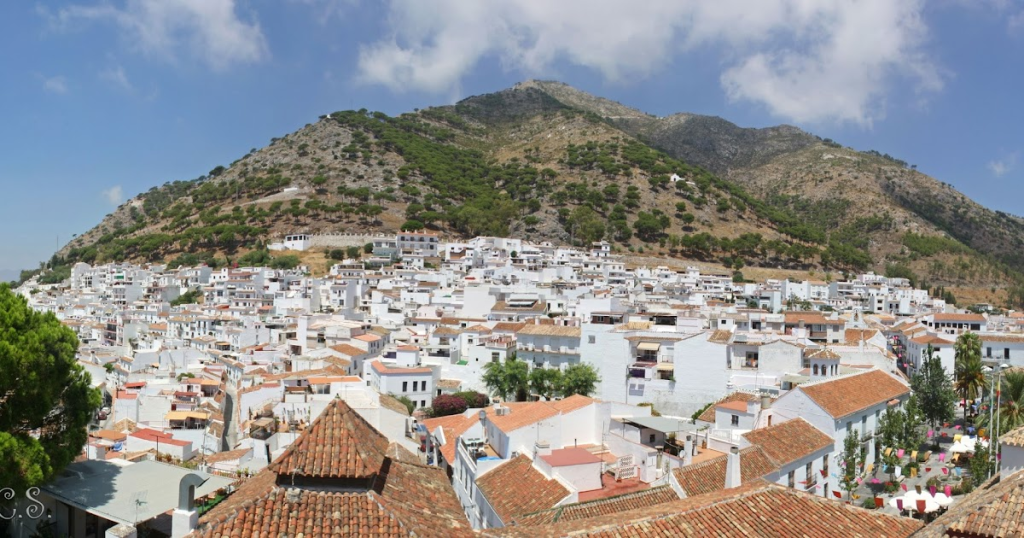
ARCHITECTUR FORM OTHER ARTS
Neoplasticism in Architecture
G. Rietveld: Schröder house, Utrecht, Netherlands (1924)
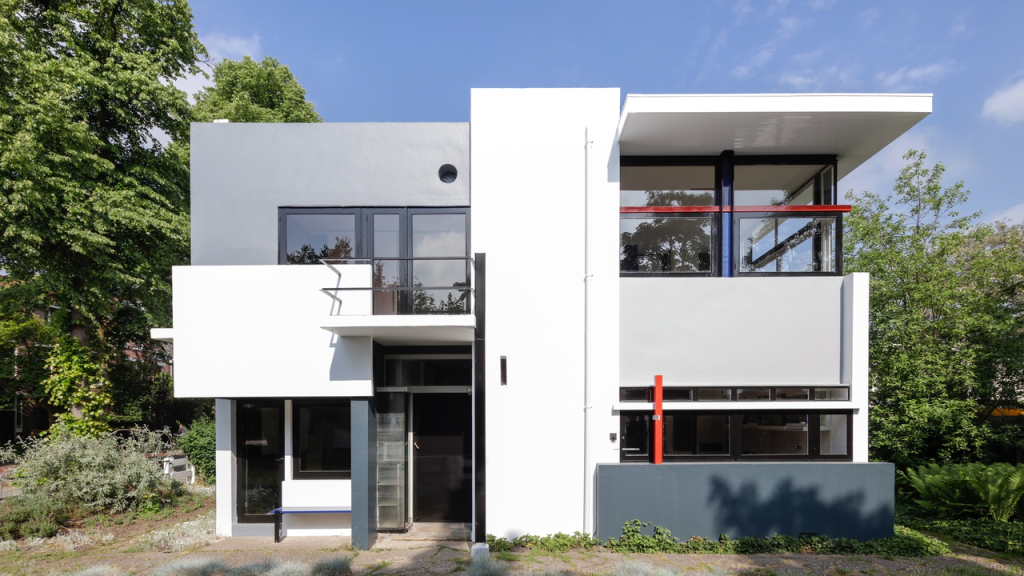
Elementarism in Architecture
J. Hejduk (1929-2000): Wall House II. Designed in the 1970’s and built posthumously in Groningen, Netherlands (2001)
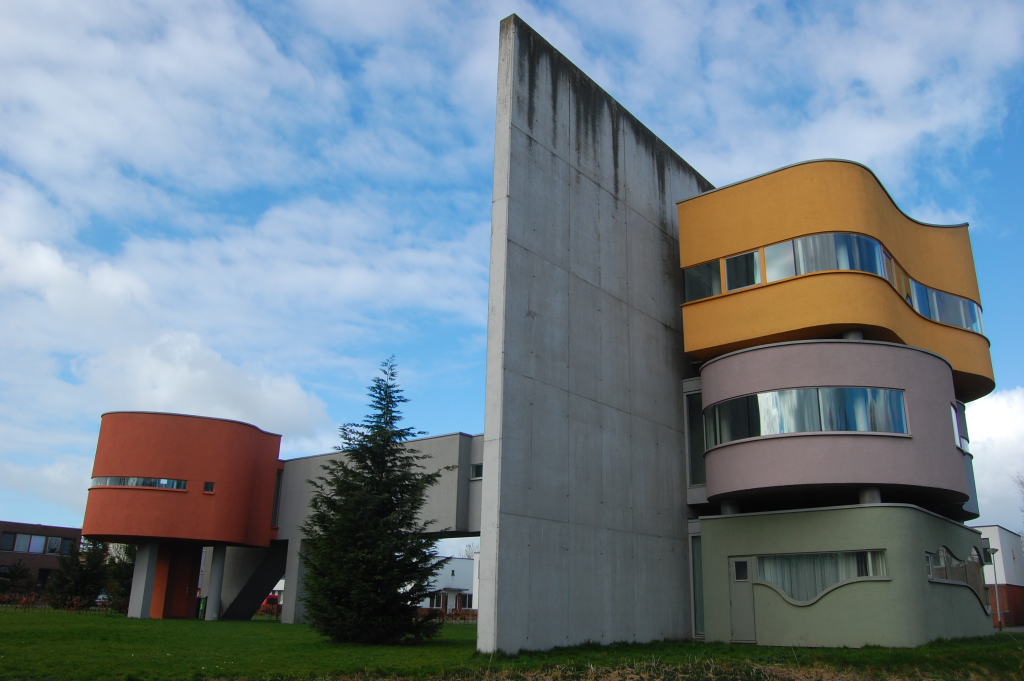
Purism in Architecture
Le Corbusier (1887-1965): Villa Savoye, oissy, France (1928-1931).

Cubism in Architecture (Czech Cubism)
•Fractured and irregular shapes (geometrically cut parapets and cornices)
• Angular details on doors and windows
• Undecorated exterior walls
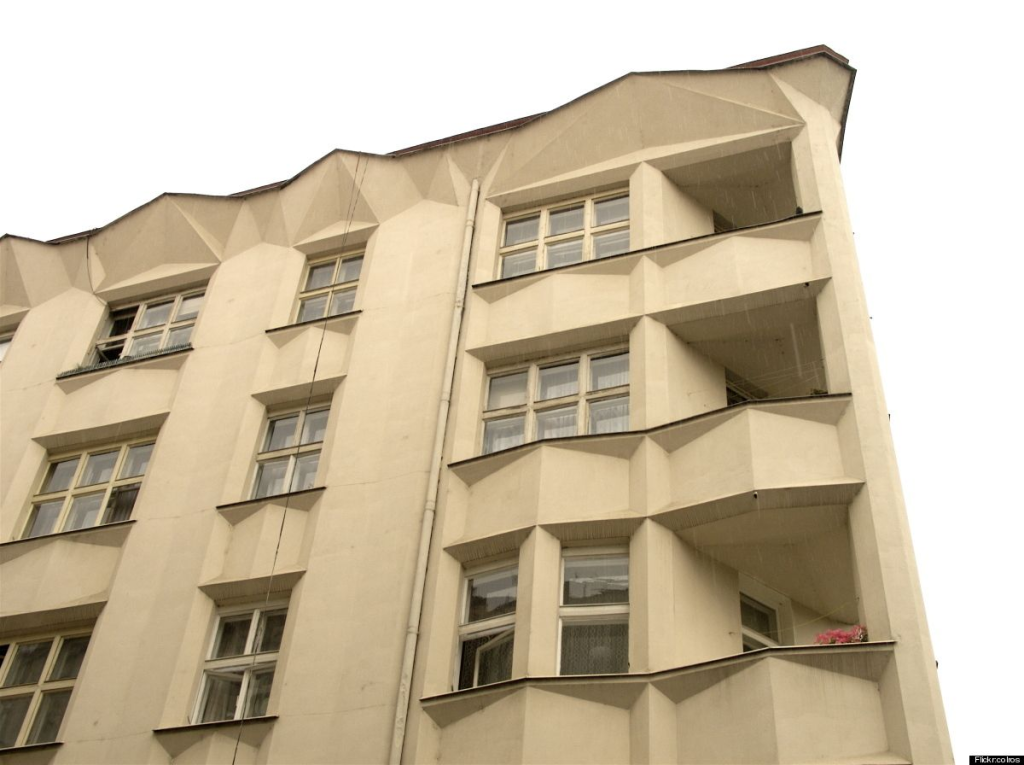
Surrealism in Architecture
Frederick Kiesler (1890-1965): Endless House, project (1959).
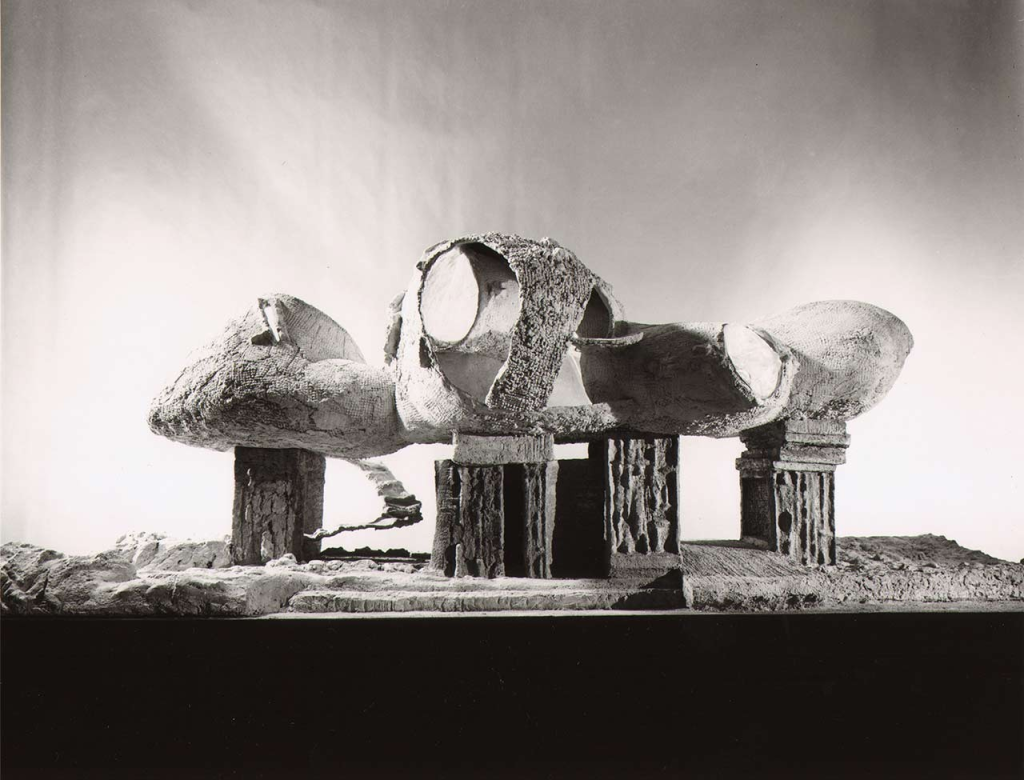
Surrealism in Architecture
Coop Himmelb(l)au: Attic in Vienna, Austria (1983-1988).
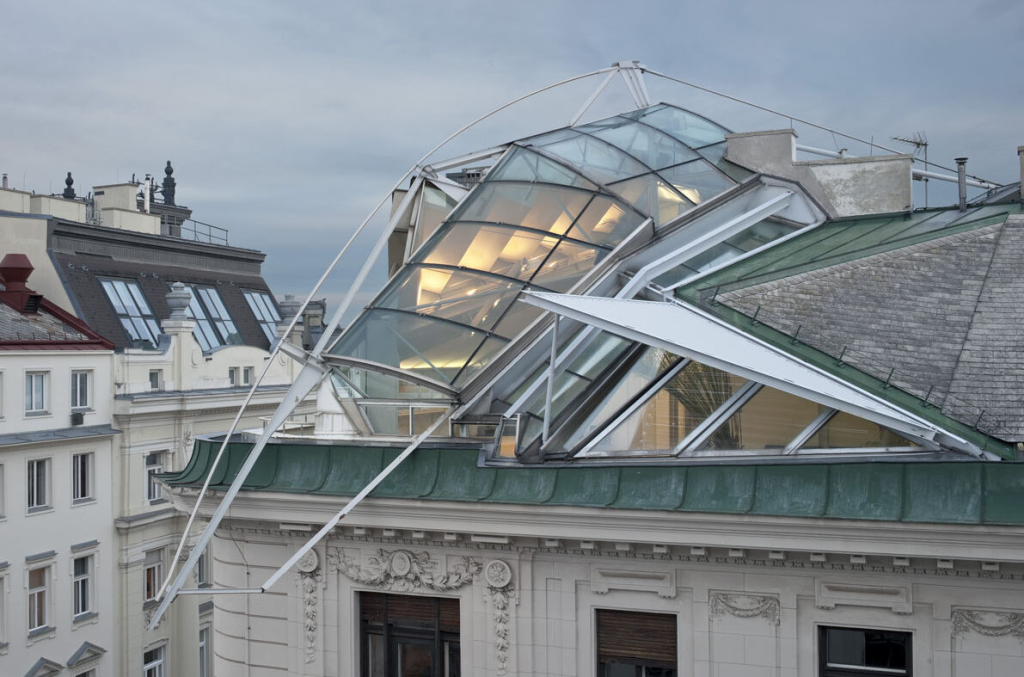
ARCHITECTURE IN OTHER ARTS
Architecture in painting
ALL ALONG THE HISTRORY WE SEE DIFFERENT STYLES (BARROQUE, The New Objetivity and La Tendenza, Pre-Neoclassicism, Post-Impressionism,ETEC)
La Scuola di Atene (1509-1511) Raphael (1483-1520) [Apostolic Palace, Vatican City]

ARCHITECTURE IN CINEMA
Architecture is related with cinema in the way the film is created as well as the cinema as this is a public apace involved in our life. Architecture is important when recreating scenarios, surroundings and backgrounds for example
The Fountainhead
Year: 1949
Directed by: King Vidor
Written by: Ayn Rand
Produced by: Henry Blanke
Starring: Gary Cooper, Patricia Neal…
Country, language: United States, English
Genre: drama
Plot: Howard Roark (Gary Cooper) is an avant garde architect, eager to break with everything done so far in the fields of architecture . Dominique Francon (Patricia Neal) is a columnist for The Banner newspaper in New York who also loves individuality and anything that frees man from the slavery of ideas . Together, but “apart”, they will start a war against the world of convention .

Mon oncle
Year: 1958
Directed by: Jacques Tati
Written by: Jacques Lagrange, Jean L’Hôte, Jacques Tati
Produced by: Jacques Tati
Starring: Jacques Tati, Jean-Pierre Zola, Adrienne Servantie, Alain Bécourt…
Country, language: France/Italy, French
Genre: comedy
Plot: Mr. Hulot (Jacques Tati), who lives in a very modest house in a poor neighborhood, goes to visit his nephew, who lives with his parents in an ultra -modern home . The boy’s father holds a high position in a plastic factory . The house is cold, unlike the home of Monsieur Hulot, who feels uncomfortable . His nephew is not happy, because he is forbidden to bring home friends, because they might break something . Monsieur Hulot will try to make him improve this situation .
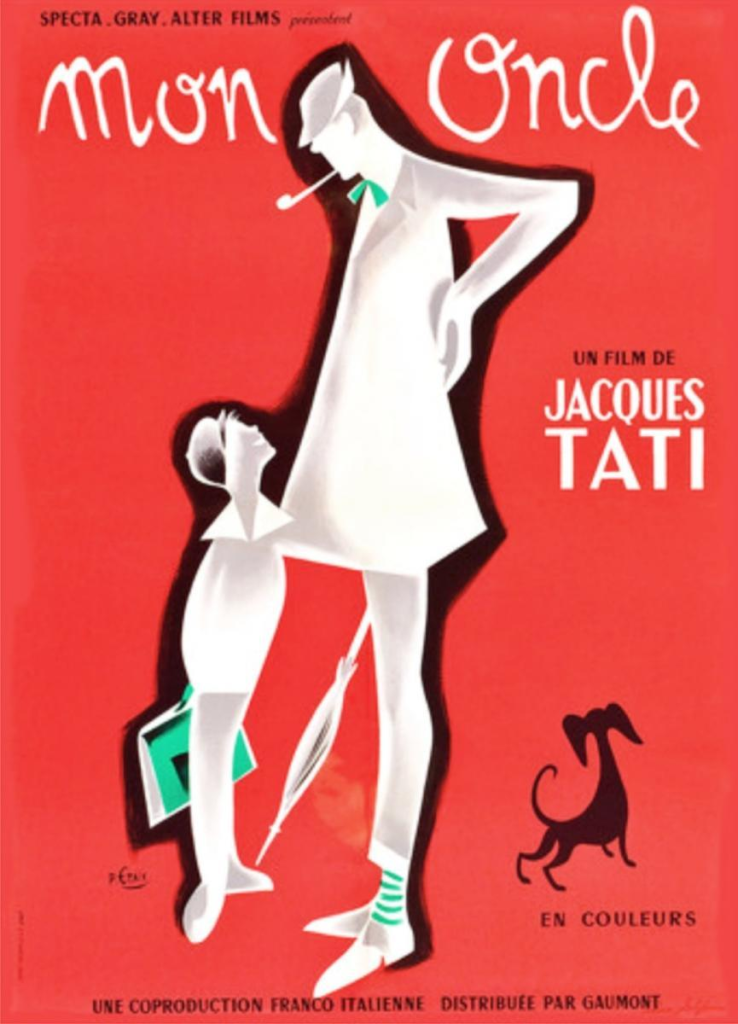
ARCHITECTURE IN MUSIC
La Cathédrale engloutie (Claude Debussy)
EVOCATION OF TOWERS:
[bars 16-17]
– the double symmetrical up-down movement of
the right-hand suggests a tower
– as repeated, there would be two towers
– the abrupt jump of 5th in the middle suggests a
pointed top (a steeple or a spire)
[bars 18-19]
– imperfect symmetry suggests probably the
connection of towers to the central nave

One of the many ways in which architecture is involved in the music art is for example the distribution of the studio and how is made. Different materials or a different form of the studio can affect directly in how the song is recorded and its quality. That is why we see studios not to big whith noise insulation and closed. Regarding the intervention of the architecture in the songs as such, it is difficult to appreciate its intervention, that is to say, it is not entirely visible. Even so, it is still just as important and interesting.
ARCHITECTURE WITH OTHER ARTS
Suggested Architecture
The architectural style (II style) in the Pompeian domus consists of imitating architectural elements by means of painting, such as columns, railings, shelves,… giving a greater sensation of depth and perspective. It takes place during the 1st century B.C.E.

Illusionist architectural frescoes.
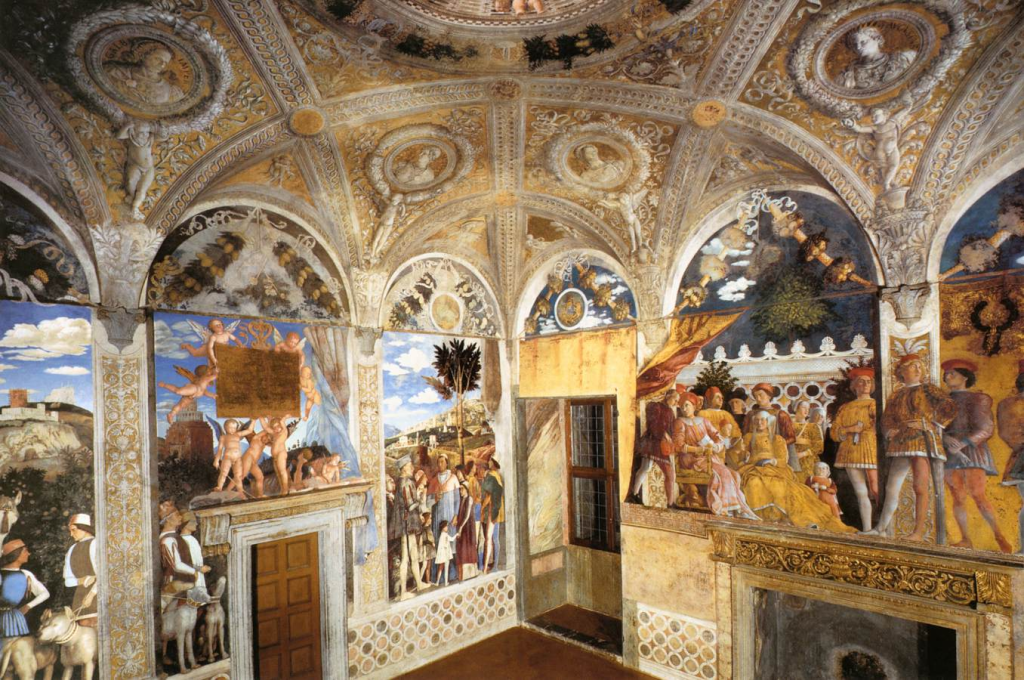
Continuity between real and sugg

Architecture in architecture
Papal altar in the lower church.

Gesamtkunstwerk (total artwork)
Philip Webb (1831-1915) / William Morris (1834-1896): The Red House, Kent, England (1859)
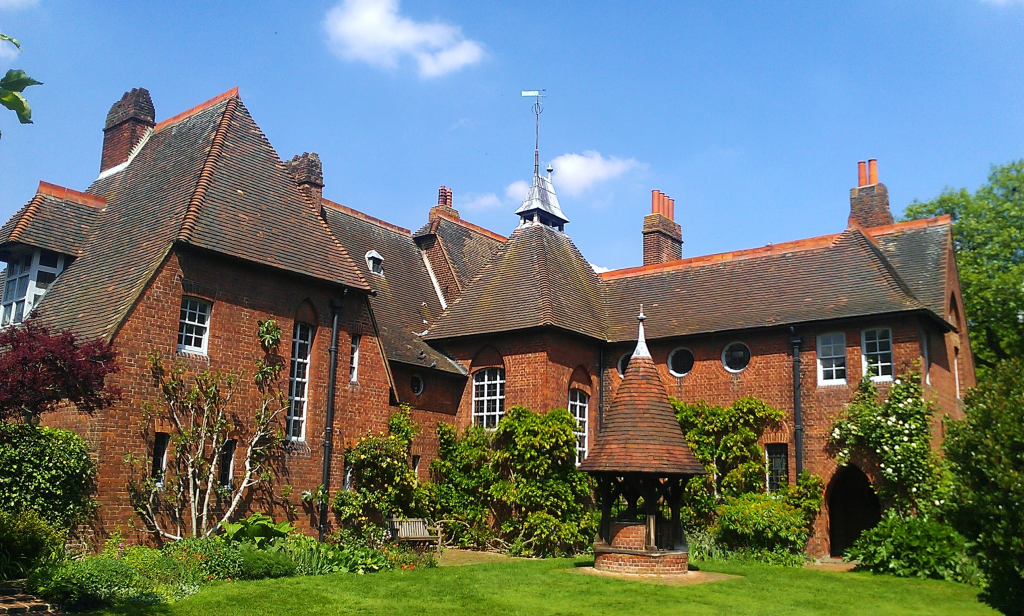


TO SUM UP
If we take a look on what architecture is, Architecture is a discipline defined as the art and technique of designing and constructing buildings to satisfy human needs through form, functionality and aesthetic precepts, and is considered one of the fine arts.
Both art and architecture are designed with the same basic organizational principles, aesthetically based elements, and perceptual interaction in mind. When we look at art and architecture history, we notice that many individuals were both architects and artists as there is much overlap between the two principles. Architecture and art are both culturally and historically significant.
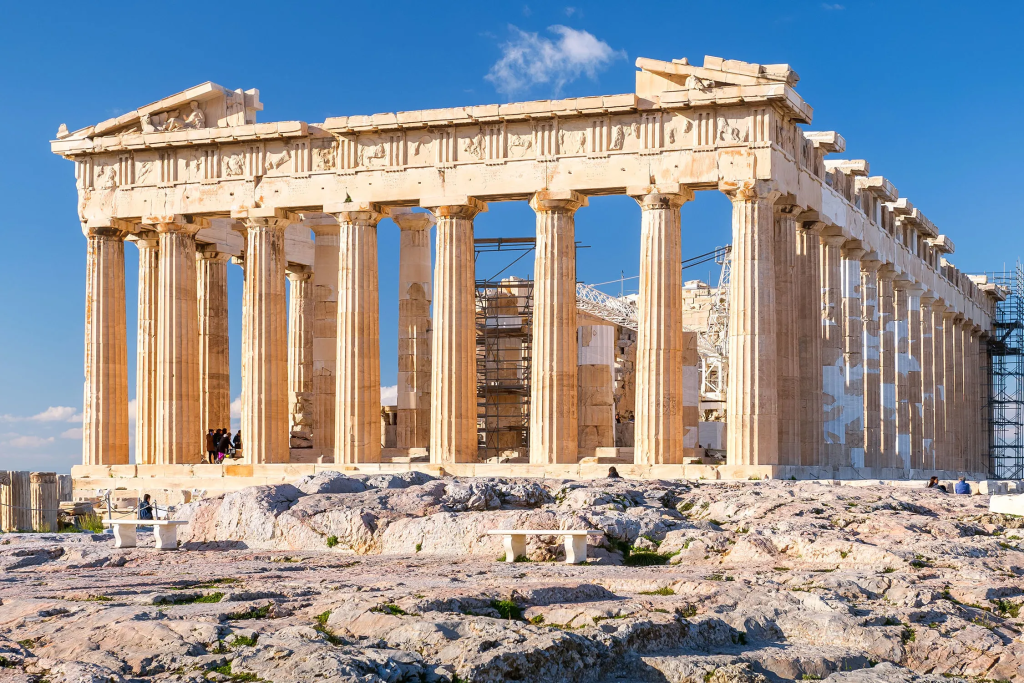
We have seen that architecture and art are truly related between each other. Being architecture a discipline that could be considered as art in some aspects and situations. As well, we have seen that art is divided into many disciplines such as paints, sculptures, etc. In which architecture is involved in every single subdiscipline since films in the way the scenarios are selected and recreated till paints where the architecture could be involved in the spaces, places, scenarios, backgrounds, etc.
Architecture is art when it consciously or unconsciously creates an atmosphere of aesthetic emotion and when the environment arouses a sense of well-being”.